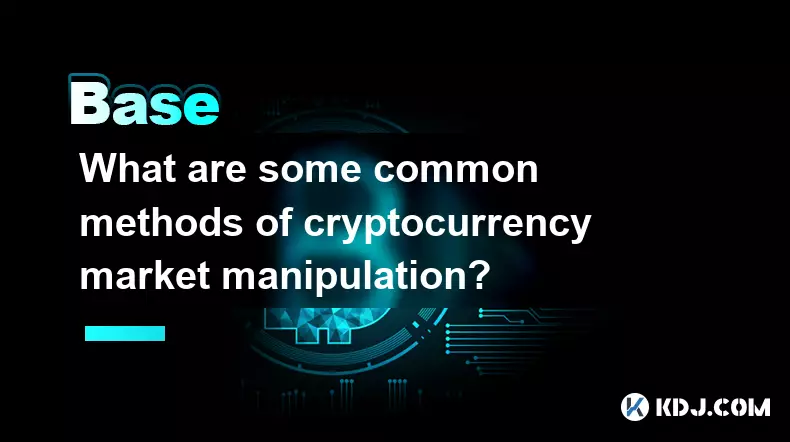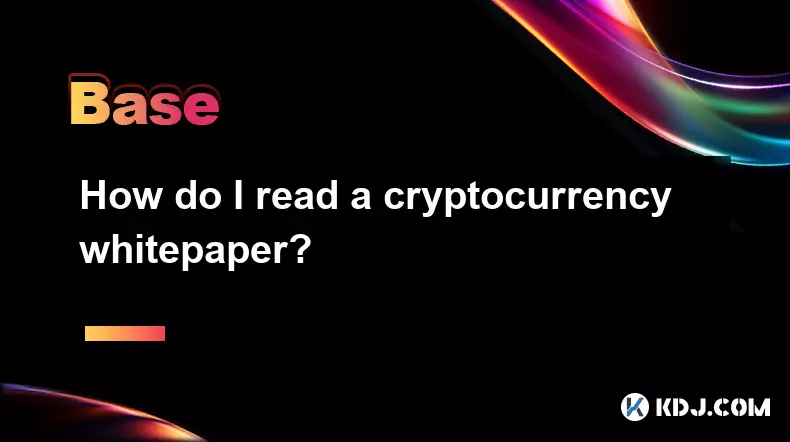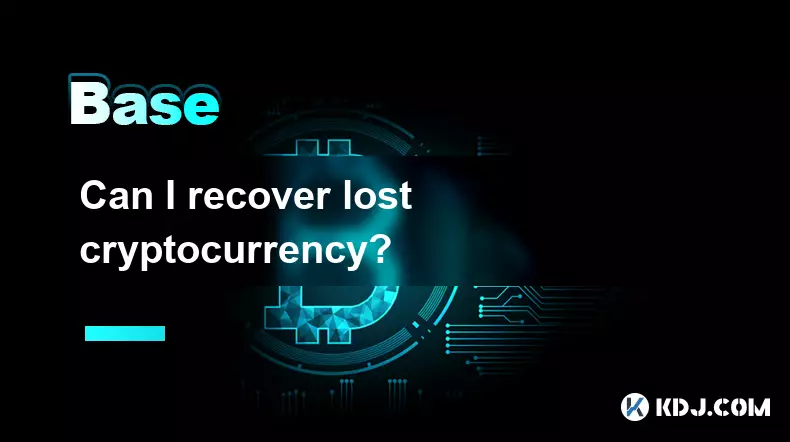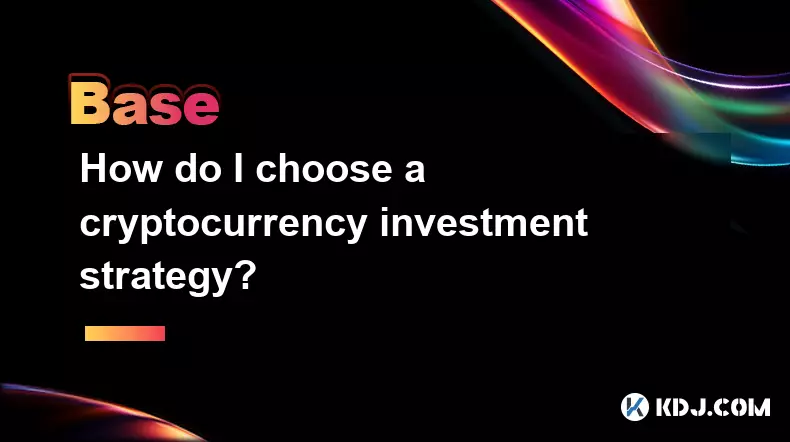-
 bitcoin
bitcoin $122025.899241 USD
-2.12% -
 ethereum
ethereum $4488.068729 USD
-4.11% -
 bnb
bnb $1315.348019 USD
8.65% -
 tether
tether $1.000457 USD
0.03% -
 xrp
xrp $2.875326 USD
-3.69% -
 solana
solana $222.043604 USD
-4.07% -
 usd-coin
usd-coin $0.999682 USD
0.00% -
 dogecoin
dogecoin $0.249887 USD
-5.62% -
 tron
tron $0.337379 USD
-2.59% -
 cardano
cardano $0.827763 USD
-5.06% -
 hyperliquid
hyperliquid $45.774531 USD
-2.43% -
 chainlink
chainlink $22.079309 USD
-5.87% -
 ethena-usde
ethena-usde $1.000156 USD
0.02% -
 sui
sui $3.482566 USD
-3.57% -
 stellar
stellar $0.386982 USD
-4.92%
What are the future development trends of the cryptocurrency market?
Despite significant market volatility, the cryptocurrency industry continues to gain momentum, with increased institutional adoption, regulatory clarity, and scalability solutions on the horizon.
Nov 03, 2024 at 03:24 pm

The cryptocurrency market has seen a rollercoaster of a ride over the past few years. From a low of $20,000 to a high of $68,000, we just passed another bear market in 2022. But through it all, the popularity of cryptocurrencies has only increased.
So, what does the future hold for the cryptocurrency market? Here are a few trends that we can expect to see in the coming years:
1. Increased institutional adoptionOne of the major trends that we can expect to see in the coming years is increased institutional adoption of cryptocurrencies. This is already happening, as we've seen a number of large companies, such as Tesla and Square, invest in cryptocurrencies or allow their customers to pay with crypto. As more and more institutions adopt cryptocurrencies, this will help to legitimize the market and make it more attractive to mainstream investors.
2. Regulatory clarityAnother major trend that we can expect to see in the coming years is regulatory clarity. This is something that has been lacking in the cryptocurrency market for a long time, and it has been a major source of uncertainty for investors. However, with an increase in institutional adoption, we might soon see regulators start providing more cohesive set of rules for crypto.
3. Scalability solutionsOne of the major challenges that the cryptocurrency market faces is scalability. Many of the most popular cryptocurrencies, such as Bitcoin and Ethereum, can only process a limited number of transactions per second. This can lead to congestion during times of heavy usage, and it can also make it expensive to use cryptocurrencies for small transactions.
There are a number of projects working on scalability solutions, such as the Lightning Network and layer 2 solutions such as Polygon. As these solutions mature, they could help to make cryptocurrencies more scalable and more usable for everyday transactions.
4. Adoption for everyday paymentsCryptocurrencies are gaining in popularity as viable methods for making payments. Until now, consumers would be skeptical of spending their crypto assets during a bear market where prices were going down. But as more mainstream institutions are involved, which will likely lead to regulations. With greater security for the everyday consumer, retail spending with crypto could become more common.
5. Decentralized finance (DeFi)Decentralized finance (DeFi) is a rapidly growing ecosystem of financial applications that are built on public blockchains. These applications allow users to borrow, lend, trade, and manage their finances without the need for a centralized intermediary.
DeFi is still in its early stages of development, but it has the potential to revolutionize the financial industry. As DeFi applications become more user-friendly and accessible, we can expect to see more and more people using them to manage their finances.
ConclusionThe cryptocurrency market is still in its early stages of development, but it has the potential to revolutionize the way we think about money and finance. As the market matures, we can expect to see increased institutional adoption, regulatory clarity, and scalability solutions. These trends will help to make cryptocurrencies more usable and more accessible to everyday consumers.
In addition to the trends mentioned above, we can also expect to see the emergence of new and innovative use cases for cryptocurrencies. For example, cryptocurrencies could be used to power autonomous vehicles, IoT (Internet of Things), or supply chain management systems.
The future of the cryptocurrency market is bright. As the market matures and overcomes its current challenges, we can expect to see cryptocurrencies become more widely adopted and used for a wider range of applications.
Disclaimer:info@kdj.com
The information provided is not trading advice. kdj.com does not assume any responsibility for any investments made based on the information provided in this article. Cryptocurrencies are highly volatile and it is highly recommended that you invest with caution after thorough research!
If you believe that the content used on this website infringes your copyright, please contact us immediately (info@kdj.com) and we will delete it promptly.
- BlockDAG, DOGE, HYPE Sponsorship: Crypto Trends Shaping 2025
- 2025-10-01 00:25:13
- Deutsche Börse and Circle: A StableCoin Adoption Powerhouse in Europe
- 2025-10-01 00:25:13
- BlockDAG's Presale Buzz: Is It the Crypto to Watch in October 2025?
- 2025-10-01 00:30:13
- Bitcoin, Crypto, and IQ: When Genius Meets Digital Gold?
- 2025-10-01 00:30:13
- Stablecoins, American Innovation, and Wallet Tokens: The Next Frontier
- 2025-10-01 00:35:12
- NBU, Coins, and Crypto in Ukraine: A New Yorker's Take
- 2025-10-01 00:45:14
Related knowledge

How does cryptocurrency achieve decentralization?
Sep 30,2025 at 04:37am
Understanding the Foundation of Decentralization in Cryptocurrency1. Cryptocurrency achieves decentralization primarily through the use of blockchain ...

What are some common methods of cryptocurrency market manipulation?
Sep 27,2025 at 02:55am
Wash Trading and Its Impact on Market Perception1. Wash trading involves an individual or entity simultaneously buying and selling the same cryptocurr...

How do I read a cryptocurrency whitepaper?
Sep 27,2025 at 05:54am
Understanding the Structure of a Cryptocurrency Whitepaper1. Begin by identifying the executive summary, which outlines the project’s core vision and ...

Can I recover lost cryptocurrency?
Sep 25,2025 at 08:18am
Understanding the Nature of Cryptocurrency Loss1. Cryptocurrency operates on decentralized networks, meaning there is no central authority to reverse ...

How do I choose a cryptocurrency investment strategy?
Sep 27,2025 at 03:55pm
Understanding Risk Tolerance in Crypto Investing1. Assessing personal risk tolerance is a foundational step when entering the cryptocurrency market. V...

How can I earn passive income from cryptocurrency?
Sep 23,2025 at 10:18am
Staking Cryptocurrencies for Regular Returns1. Many blockchain networks operate on a proof-of-stake (PoS) consensus mechanism, allowing users to earn ...

How does cryptocurrency achieve decentralization?
Sep 30,2025 at 04:37am
Understanding the Foundation of Decentralization in Cryptocurrency1. Cryptocurrency achieves decentralization primarily through the use of blockchain ...

What are some common methods of cryptocurrency market manipulation?
Sep 27,2025 at 02:55am
Wash Trading and Its Impact on Market Perception1. Wash trading involves an individual or entity simultaneously buying and selling the same cryptocurr...

How do I read a cryptocurrency whitepaper?
Sep 27,2025 at 05:54am
Understanding the Structure of a Cryptocurrency Whitepaper1. Begin by identifying the executive summary, which outlines the project’s core vision and ...

Can I recover lost cryptocurrency?
Sep 25,2025 at 08:18am
Understanding the Nature of Cryptocurrency Loss1. Cryptocurrency operates on decentralized networks, meaning there is no central authority to reverse ...

How do I choose a cryptocurrency investment strategy?
Sep 27,2025 at 03:55pm
Understanding Risk Tolerance in Crypto Investing1. Assessing personal risk tolerance is a foundational step when entering the cryptocurrency market. V...

How can I earn passive income from cryptocurrency?
Sep 23,2025 at 10:18am
Staking Cryptocurrencies for Regular Returns1. Many blockchain networks operate on a proof-of-stake (PoS) consensus mechanism, allowing users to earn ...
See all articles










































































